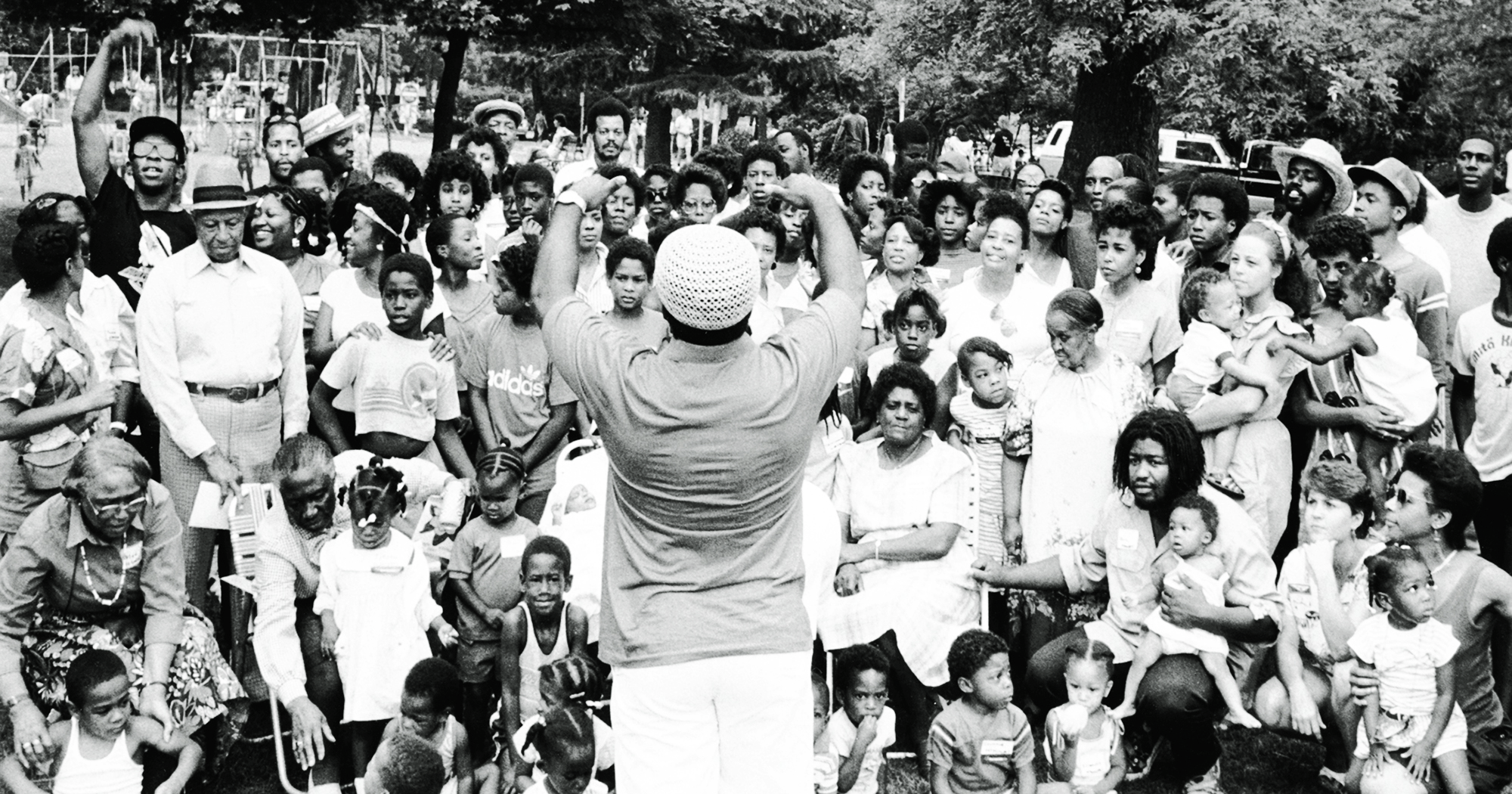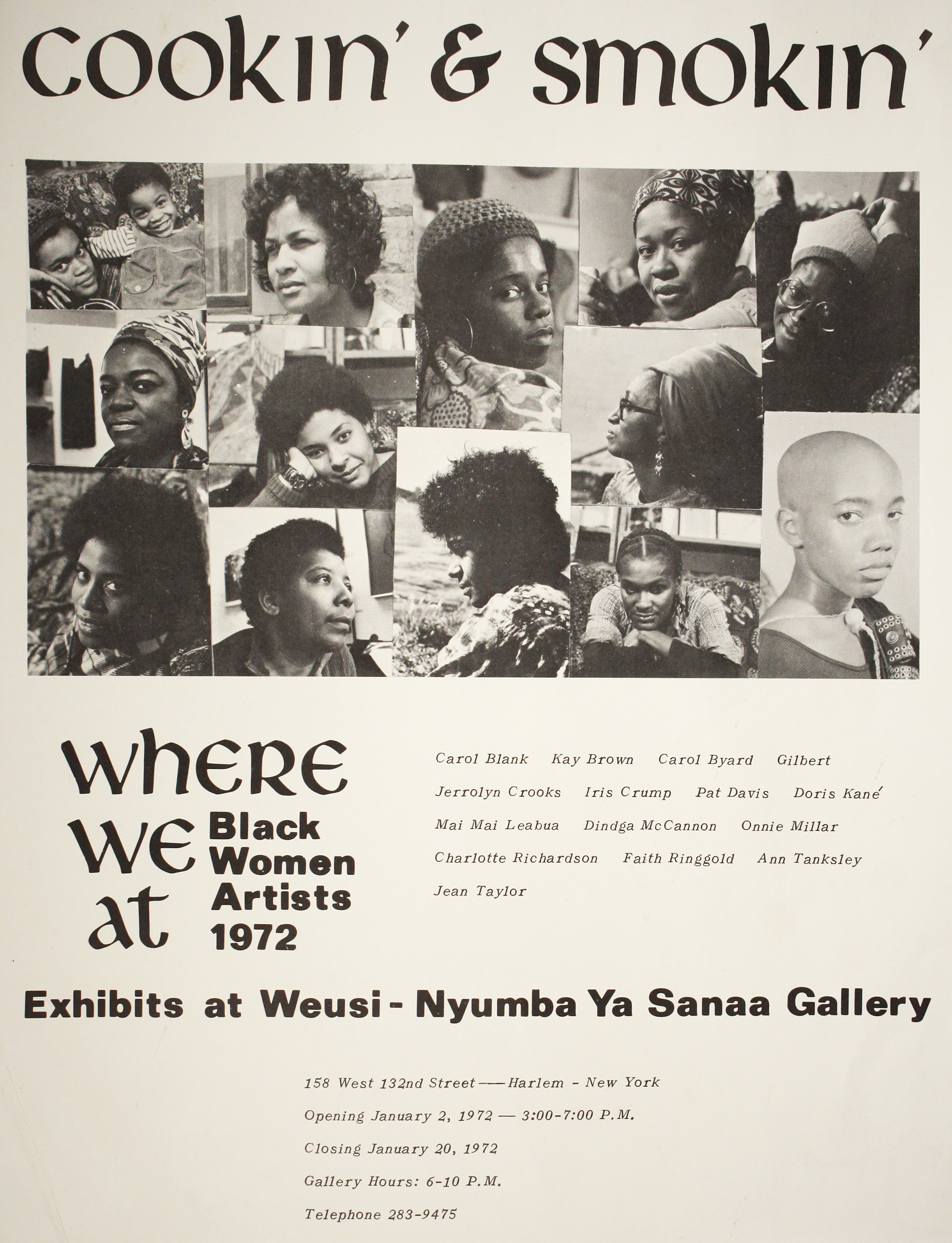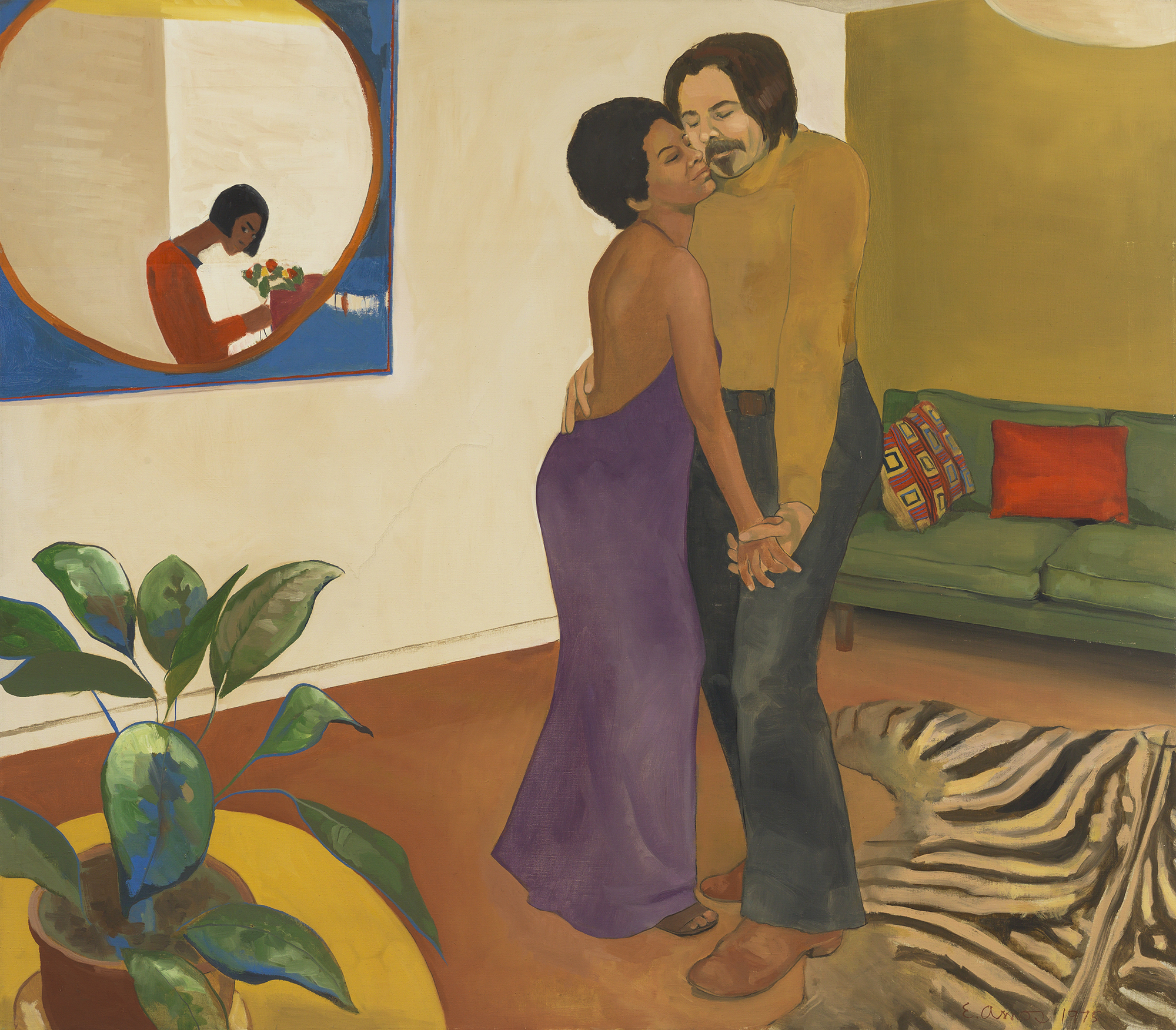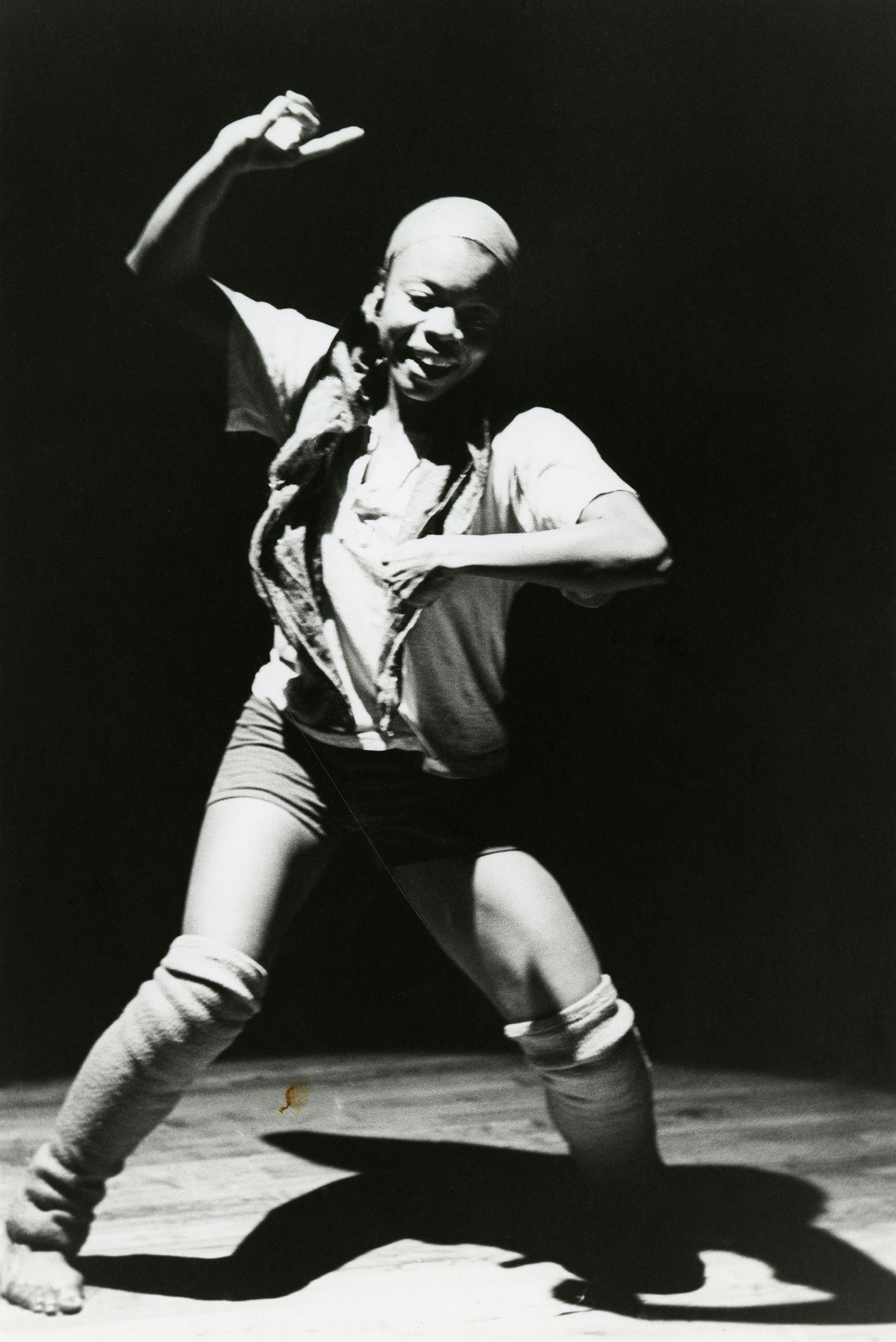
We Wanted a Revolution: Black Radical Women, 1965–85 is a new show at the Brooklyn Museum featuring more than 40 artists, including Carrie Mae Weems, Howardena Pindell and Faith Ringgold, to highlight the work of black women who were at the crossroads of the Civil Rights, Black Power and Women’s Movements during that 20-year period.
For Catherine Morris, the senior curator for the Elizabeth A. Sackler Center for Feminist Art at the Brooklyn Museum, the goal of the exhibition is to offer the public “a new understanding of the complexity of history,” as well as showcase some new artists that “they hadn’t known or hadn’t seen before,” she tells TIME.
The mixed media exhibit features art of various mediums, from photography to performance and sculpture to video art. Morris outlines that this time between the mid-1960s to mid-1980s was not only a time that various social movements expressed their voices, but that it was also a time that artists challenged traditional ways of making art.
By including these different art forms, the message of race and feminism that is explored through the work is brought into a bolder light. Morris emphasizes that the “known and unknown” factor regarding these artists and the predominately white mainstream becomes part of the conversation, especially after the 2016 U.S. presidential election. “An exhibition like this is years in the making, so over the course of producing the exhibition, the pertinence and necessity of it seems to have only increased,” says Morris, “It certainly speaks to the need people have to talk about the contributions black women have made to our culture.”
We Wanted a Revolution is part of A Year of Yes: Reimagining Feminism at the Brooklyn Museum, celebrating the 10th anniversary of the Brooklyn Museum’s Elizabeth A. Sackler Center for Feminist Art, which is meant to educate people about feminist art and raise awareness of its cultural offerings in a positive learning environment. In 2016, The New York Times noted that a surge of all-women art exhibits were on the rise, with a number of museums bringing much-needed attention to art made by women. “The Brooklyn Museum has a very longstanding commitment to thinking about art as a social motivator, as well as being a cultural touchstone,” says Morris, “So this is an exhibition that completely fits into this institution’s ongoing interest in thinking about ways of expanding the canon of art history.”










More Must-Reads from TIME
- Cybersecurity Experts Are Sounding the Alarm on DOGE
- Meet the 2025 Women of the Year
- The Harsh Truth About Disability Inclusion
- Why Do More Young Adults Have Cancer?
- Colman Domingo Leads With Radical Love
- How to Get Better at Doing Things Alone
- Michelle Zauner Stares Down the Darkness
Contact us at letters@time.com